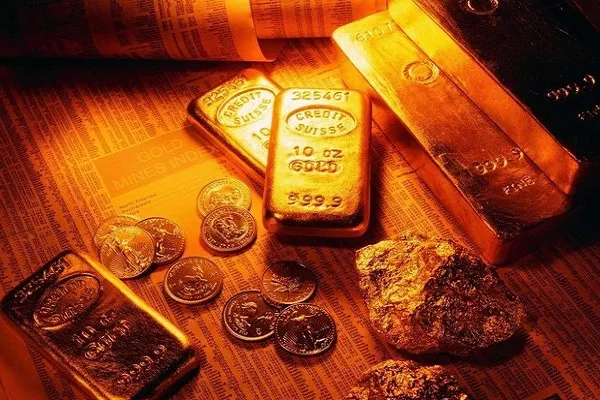The price of gold has always fascinated investors, historians, and economists alike. Understanding the price movements of gold in 1972 provides critical insight into economic trends, market behaviors, and global events that shaped the financial landscape. This article explores the gold price in 1972, its historical context, the factors influencing its valuation, and its significance in the broader economic framework.
The Economic Landscape of 1972
Global Economic Overview
In 1972, the world was navigating through a complex economic landscape. The early 1970s were marked by shifts in monetary policy, inflationary pressures, and geopolitical tensions. The Bretton Woods system, established after World War II, was beginning to unravel, leading to significant changes in currency exchange rates and gold pricing.
The Bretton Woods System
The Bretton Woods Agreement, which fixed currencies to the U.S. dollar, was pivotal in determining gold prices. However, by the early 1970s, mounting pressure and economic instability led to the system’s deterioration. In 1971, President Richard Nixon announced the suspension of the dollar’s convertibility into gold, effectively ending the gold standard.
Inflation and Economic Turmoil
The U.S. economy was experiencing inflation, driven by various factors, including the Vietnam War, rising oil prices, and increased government spending. Inflation eroded purchasing power and created uncertainty in financial markets. Investors turned to gold as a hedge against inflation, driving demand and influencing prices.
Gold Prices in 1972
Yearly Price Overview
In 1972, the price of gold experienced notable fluctuations. The average price of gold for the year was approximately $58.15 per ounce, reflecting a significant increase from previous years. The price ranged between $38 and $65 per ounce, highlighting the volatility in the market.
Monthly Price Fluctuations
January: The year began with gold priced at around $38 per ounce. Investor confidence was shaky due to ongoing economic uncertainties.
March: Prices began to rise, reaching approximately $43 per ounce as concerns about inflation grew.
May: Gold prices surged past $50 per ounce, driven by heightened demand as investors sought safe-haven assets.
July: The price peaked at about $65 per ounce, marking a significant milestone in gold’s valuation.
December: By the end of the year, gold had settled at around $58 per ounce, reflecting the year’s volatility.
Factors Influencing Gold Prices in 1972
Geopolitical Tensions
Geopolitical events significantly impacted gold prices in 1972. The ongoing Vietnam War created uncertainty and led to increased military spending, contributing to inflation and driving investors toward gold.
The Oil Crisis
The oil crisis of the early 1970s further exacerbated inflationary pressures. As oil prices soared, so did concerns about economic stability, prompting more investors to seek refuge in gold.
Shift in Monetary Policy
The transition from the Bretton Woods system to a fiat currency system changed the dynamics of gold pricing. With the U.S. dollar no longer pegged to gold, its value became more volatile, leading to increased speculation in the gold market.
Gold as an Investment in 1972
Shifts in Investor Behavior
As economic uncertainty grew, more investors turned to gold as a safe haven. The demand for gold surged, driving prices higher. Individuals, institutions, and governments began to diversify their portfolios with gold holdings.
The Role of Central Banks
Central banks played a crucial role in the gold market in 1972. Many countries sought to increase their gold reserves as a hedge against currency fluctuations and inflation. This behavior further fueled demand and contributed to rising gold prices.
The Significance of Gold Prices in 1972
Long-Term Impact
The events of 1972 had a lasting impact on gold pricing and investment strategies. The shift away from the gold standard marked the beginning of a new era in financial markets, where gold would be viewed as a critical asset for diversification and risk management.
Lessons Learned
The price fluctuations of gold in 1972 offer valuable lessons for investors today. Understanding how geopolitical events, inflation, and shifts in monetary policy can influence gold prices is essential for making informed investment decisions.
Conclusion
The price of gold in 1972 reflects a turbulent period in economic history. With an average price of $58.15 per ounce and significant volatility throughout the year, the factors influencing gold prices were multifaceted and complex. As we look back on this pivotal year, it is clear that the lessons learned continue to resonate in today’s investment landscape. Understanding the historical context of gold pricing not only enhances our appreciation for this precious metal but also informs our strategies for navigating the ever-changing financial markets.
You Might Be Interested In
- Gold Prices in 1973: A Year of Economic Change
- What is The Price of Gold Today in UK(October 22)
- What is Gold Rate in India Today (October 22)


